For my Collection Development class here at UBC, I read an article by Susan Starr called “Creating Brand Love for Libraries: Can We Be a Kind of Paradise?” The article explores what “brand love” means and raises the question of whether it is possible for libraries to inspire brand love. I thought of Social Media class right away because it seems like there is a lot of potential for social media to play a major role in the development of brand love by libraries and similar institutions.
Starr writes that “brand love is characterized by a sense of natural comfort and fit, a feeling of emotional connectedness and bonding with the brand, a deep integration of the brand with a consumer’s core values, a heightened level of desire and interaction, and a commitment to the brand’s long term use” and points out that these are all valuable associations that library professionals would like users to make with our libraries.
But, Starr argues, libraries are doing branding wrong. They currently focus on the extrinsic rewards that libraries offer, such as access to information, a space to study, et cetera. But they are missing out on marketing the intrinsic rewards of libraries: the emotions or qualities that they spark, the basic pleasure that people get from using the “product” of libraries.
This leads to the question, what are the intrinsic rewards of library use? Starr points out that “loved brands create positive feelings such as happiness, admiration from others, control of one’s life, and so on.” As a health librarian, Starr thinks that feelings of control could be associated with her library, because of the idea that students who use library resources and study in the library have increased confidence and better performance in school. More than that, however, I think that an intrinsic reward of libraries is that libraries can contribute to an individual’s sense of self-identity and build a feeling of community. When you enter a library, sign up for a card, browse books, hole up at a study table, attend a program, or engage in the hundreds of other services that libraries offer, you are automatically a library user – and you are automatically a member of a broader community of library users. This intrinsic reward can be harnessed when libraries use media to market themselves and foster brand love.
So what happens after a library or other organization distinguishes a good intrinsic reward that they can use to encourage greater brand love? How does this play out on social media? The Purely Branded article From Like to Love: Brand and Social Media breaks some of these things down. One of the most important things is that organizations should use social media to create conversations with people who are already interested in and passionate about brands. Through these conversations, brands can create a social environment that stimulates a sense of belonging. In turn, this will lead to people having a significant sense of loyalty to a brand, repeatedly return to the brand, and recommend the brand to a friend.
I turned to Twitter to see if libraries were talking about brand love online. #Brandlove turns up a lot of tweets, but there are no results when searching #library and #brandlove together. However, #librarylove turns up a plethora of results – a lot of what people are doing when they are tweeting #librarylove is expressing their affinity for the library as a brand. One excellent example of this is an informal series of tweets by Calgary Public Library users in which they share photos of their library cards and discuss their attachments to the cards, noting nostalgic memories that they associate with the cards. This is uncannily similar to user-generated tweets that are tagged #brandlove, such as tweets where people share photos of Dairy Queen blizzards, comfortable airplane seating, and even deodorant.

#Librarylove at work
The difference here is, however, that it is not a library that is starting this conversation about #librarylove – it is organic and coming from users themselves. After having identified their particular intrinsic value such as contributing to somebody’s sense of belonging, libraries have a potential to take a cue from other brands as well as library users and lead conversations about #librarylove.

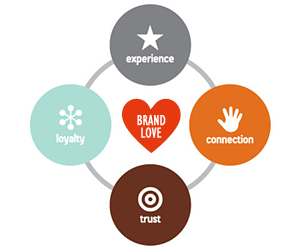

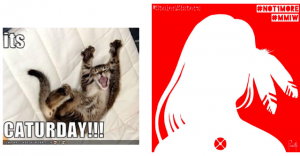
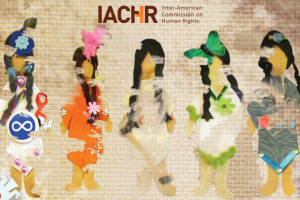
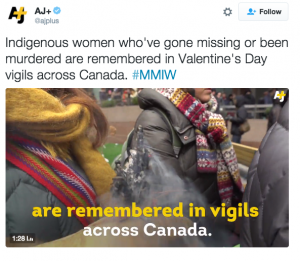
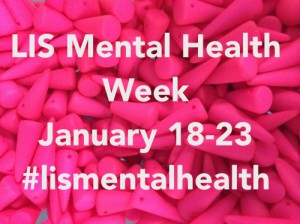 Librarians and bloggers Cecily Walker and Kelly McElroy founded the first-ever
Librarians and bloggers Cecily Walker and Kelly McElroy founded the first-ever